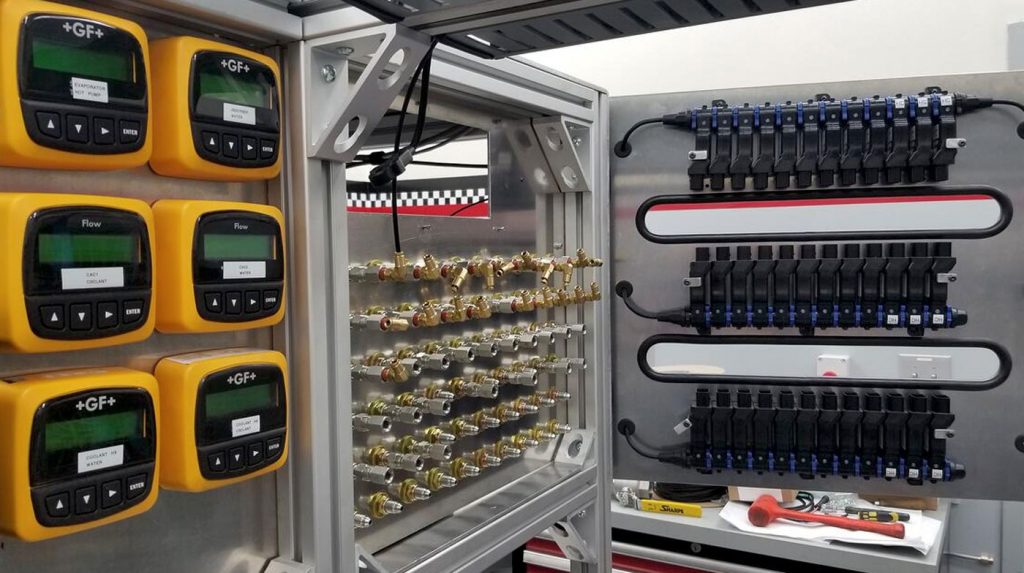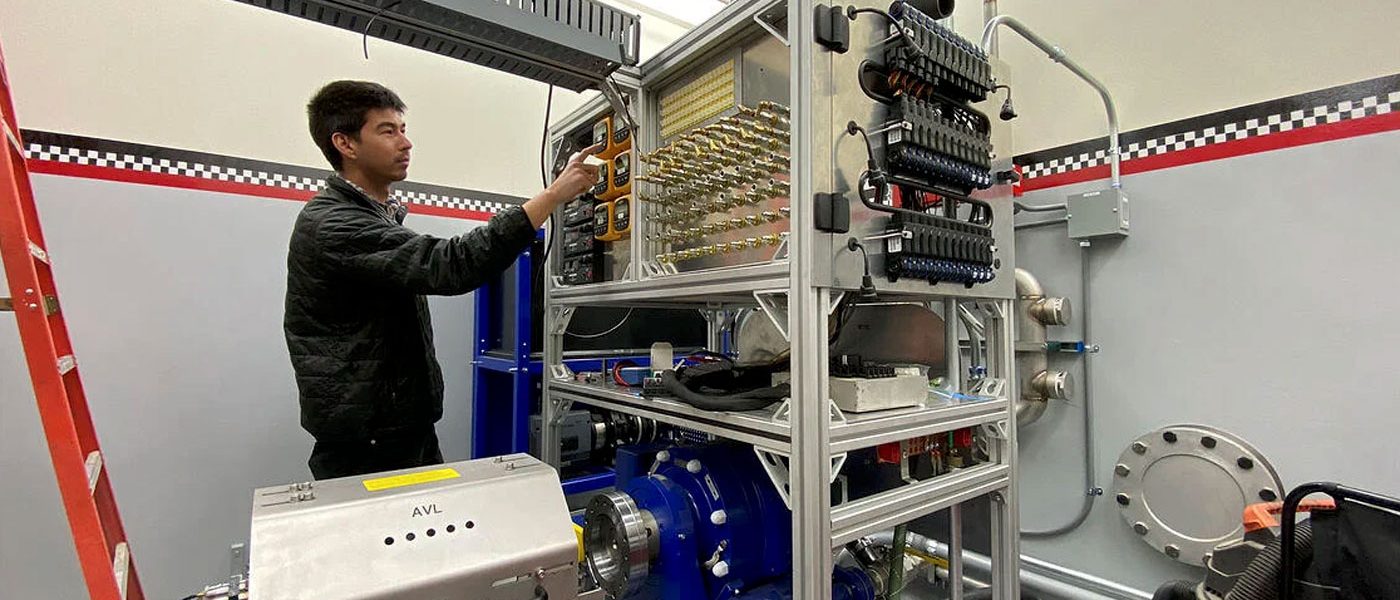Dyno Cell #2 Progress Report – Instrumentation Hub
The refit of Banks Dyno Cell No. 2 is nearing the finish line, but there are still many systems to wrap up. This week we’re taking a look at the cell’s impressive instrumentation capability.
The dyno cell’s instrumentation hub will have a host of inputs for data capture for the first time an engine ever runs, but it’s also growing! Currently, it features three rows of 12 Banks sensor modules, consisting of six 4-channel thermocouple modules and six 5-channel analog modules. That’s a total of 72 thermocouple inputs and 74 analog inputs with 18 frequency signal inputs. Whew… that’s a whole lot of data. All modules send data to six iDash DataMonsters located in the control room. The DataMonsters will not only display the information but they’ll also record it to their micoSD cards. The cards are capable of logging all incoming data streams continuously, 24 hours a day for weeks at a time, making the data collection capabilities perfect for 40 and 80-hour NATO testing. There’s nothing modified for our own use here and all the sensors, sensor modules, and iDash DataMonsters were taken right off the shelf— right out of our warehouse inventory. All of the components used in Dyno Cell No. 2 are the same that you can purchase from a dealer or directly from Banks.

Keeping an eye on the all-important fluid flow in and out of the cell is a group of six independent GF Signet electronic flowmeters. Each features a digital display that indicates flow rate and total flow volume simultaneously and is usually used for water treatment systems, filtration systems, and process flow monitoring. In the case of Banks, they’ll be keeping an eye on the flow of the evaporator hot pump, the absorber water, the water flow through both the number one and two charge air coolers (CAC), the heat exchanger water, and coolant flows.
Engine development is all about data acquisition, and this dyno cell will provide plenty of it.

